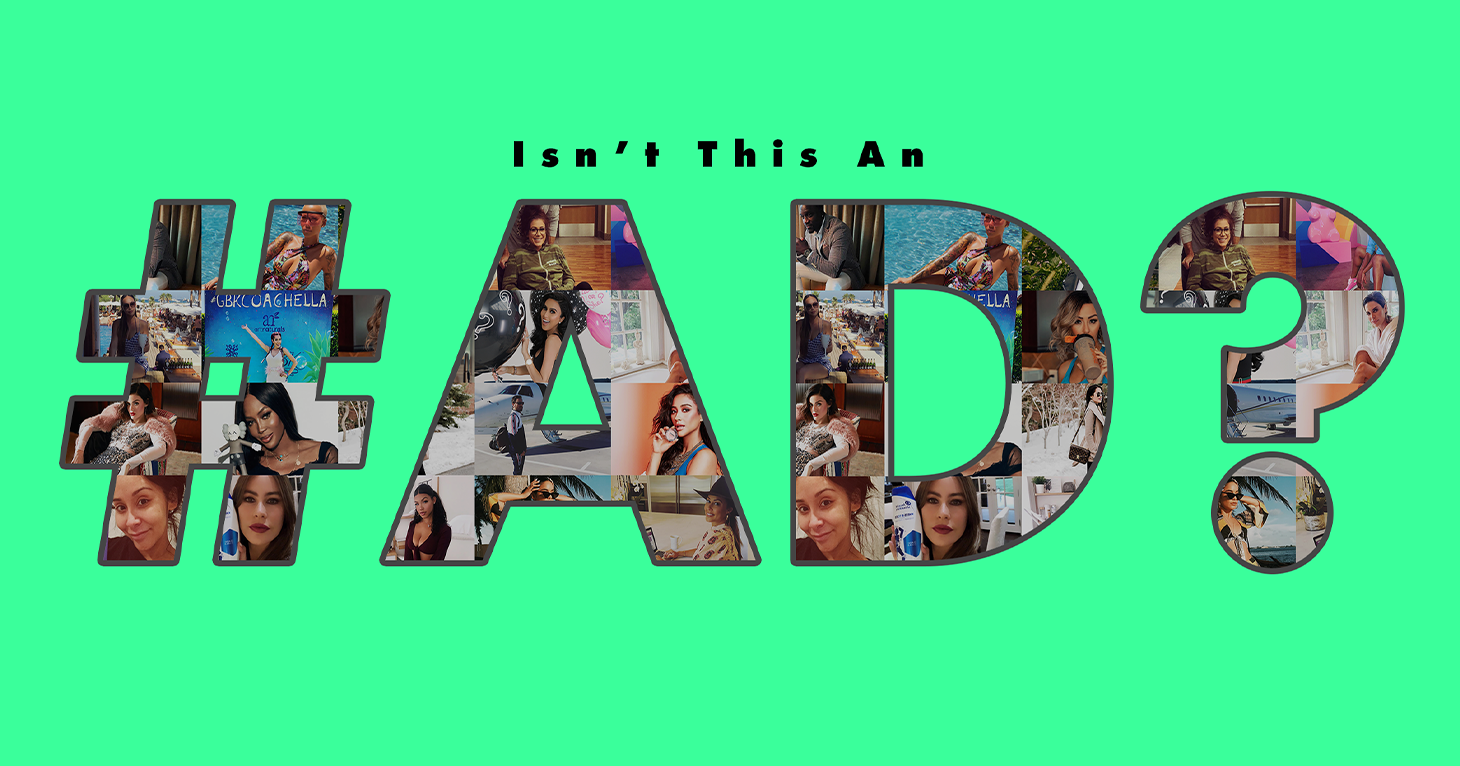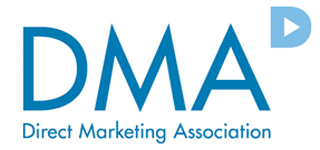
Free Doesn’t Usually Mean Free
There’s lots of strings attached to offers of free products and services.
What kind of disclosure is necessary for social media influencer marketing?
Under FTC law, influencers have a legal obligation to clearly and conspicuously disclose their material connection to the products, services, brands and/or companies they promote in their social media feeds. But when does that legal obligation kick in and how does one satisfy it?
TINA.org sifted through key FTC enforcement actions, presentations and publications — including the FTC’s Disclosures 101 for Social Media Influencers, FTC’s Endorsement Guides: What People Are Asking, and the FTC’s .com Disclosures: How to Make Effective Disclosures in Digital Advertising — to get the scoop on what the FTC requires.
1. When is a social media influencer “endorsing” a product (service, brand or company)?
An influencer is deemed to be endorsing a product any time they post something about a product that the audience may think conveys their opinions or beliefs about the product, even if the company or brand didn’t direct the person to publish the post. Examples include:
Disclosure is only needed when there is a material connection between the influencer and the referenced product. Organic posts, where there is no material connection, do not need disclosures.
2. What constitutes a material connection that needs to be disclosed?
A material connection for disclosure purposes is any connection that might affect the weight or credibility that consumers give the endorsement.
Such connections include, but are not limited to:
3. When does that material connection need to be disclosed?
Always. An influencer has to clearly and conspicuously disclose their material connection in each and every post that endorses the product (service, brand or company) because readers may not see other places that include such a disclosure.
There are two exceptions to this rule: (1) no disclosure is needed if everybody viewing the post knows it’s an ad; and (2) if it is so well-known that the influencer is a spokesperson for the product or company, then a disclosure isn’t needed. Even then, the FTC recommends including a disclosure since it can be tricky to determine whether followers are aware of the material connection or not.
4. If a clear disclosure is needed, what should it say?
The disclosure must clearly communicate to the audience that the influencer has a material connection to the product (service, brand or company) endorsed in the post.
Examples of disclosure language that works, according to the FTC:
Examples of disclosures that don’t cut it, according to the FTC:
5. If a conspicuous disclosure is needed, where should it go?
Unfortunately, the FTC does not specifically dictate where to place the disclosure. But here’s what it does say:
So what’s an influencer to do?
Here at TINA.org we think the answer is pretty simply – just #ad it.
That’s a clear, simple solution to an ambiguous, complicated disclosure problem, and it will likely ensure that no matter what electronic gadget or gizmo a consumer is using they will be able to see the disclosure.
There’s lots of strings attached to offers of free products and services.
The Direct Marketing Association (DMA) is a trade group made up of all those pesky companies we have to thank for telemarketing, spam, and junk mail, among others. The group…
The Entertainment Software Association (ESA) is an association based in D.C. that is exclusively dedicated to serving video game companies. The group lobbies Congress and other legislative bodies extensively in…


